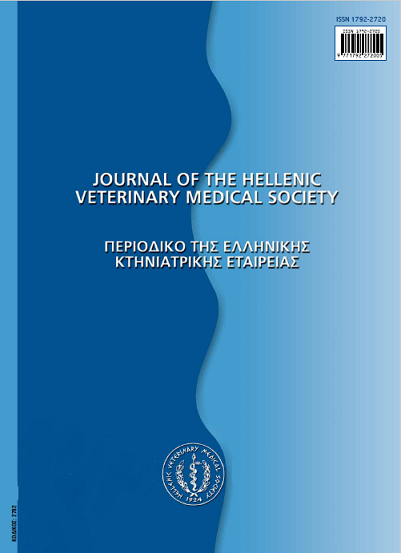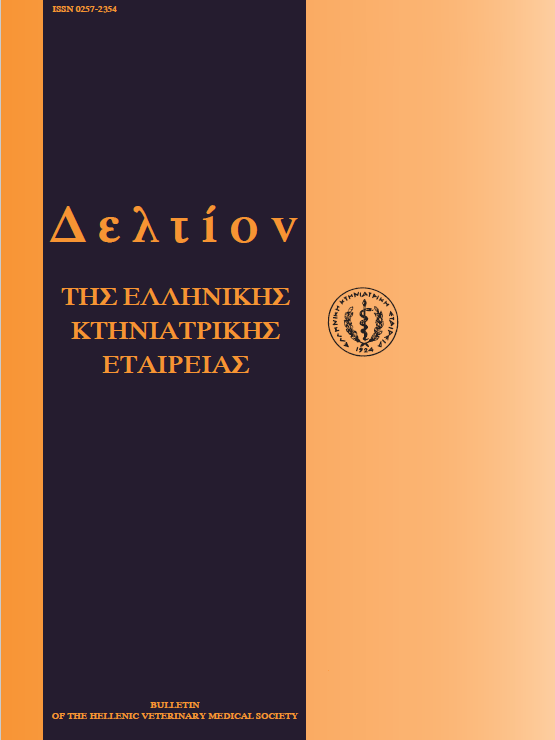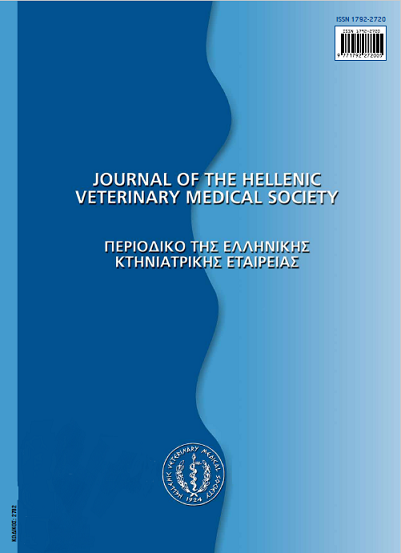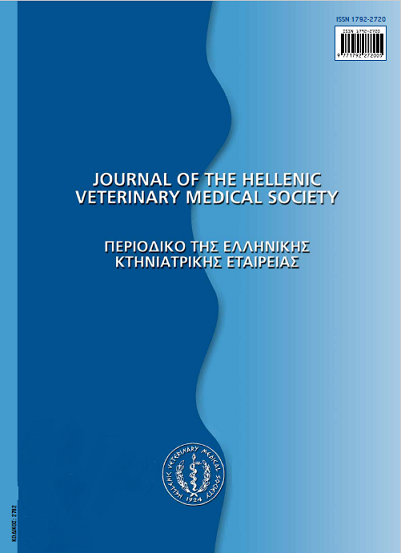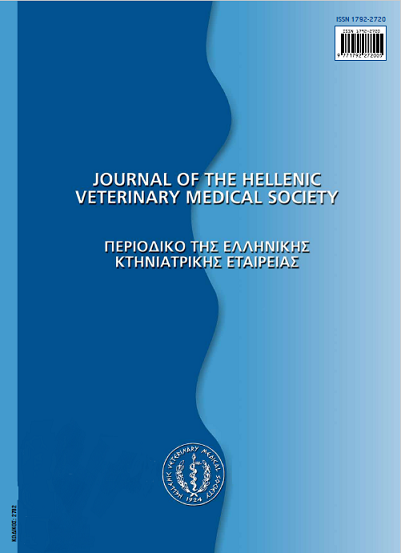Lymph node cytology in the dog and cat
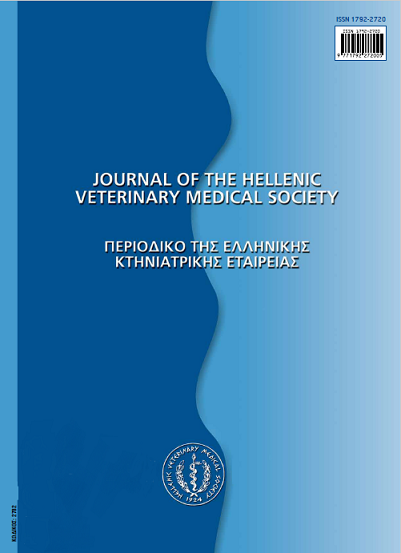
Abstract
Lymph node (LN) cytology, a cost-effective and highly rewarding diagnostic technique, is performed routinely in the everyday practice. Localised or generalised lymphadenomegaly and clinical staging of malignant tumors comprise the main indications of this valuable diagnostic modality. The superficial and easily palpated submandibular, prescapular and popliteal LN can be easily positioned, while internal LN (i.e. mediastinal, mesenteric, sublumbar) may necessitate a surgical exploration or ultrasound guidance. Fine-needle biopsy and imprint smears from excised LN are the most common techniques to obtain the necessary material. Small lymphocytes constitute more than 80% of the normal LN population, with medium and large lymphocytes making up approximately the 5-15% of it. The occasional presence of plasma and mast cells, neutrophils, eosinophils and macrophages can also be noticed. Lymphadenomegaly, either localised or generalised, is mainly due to hyperplasia, inflammation or neoplasia. Hyperplastic LN may appear normal cytologically, but typically, small lymphocytes predominate (>50% of nucleated cells [NC]), in the context of a moderate increase of medium/large lymphocytes (<20%
of NC) and plasma cells (>5% of NC). Hyperplastic lymphadenopathy is indicative of a lymphoid proliferation secondary to a local (e.g. deep staphylococcal pyoderma) or generalised (e.g. leishmaniosis) antigenic stimulation. In primary or secondary lymphadenitis, LN are infiltrated by increased numbers of inflammatory cells, the predominance of which define the neutrophilic or purulent, eosinophilic, granulomatous or pyogranulomatous inflammation. Bacterial (e.g. Mycobacterium sp.), fungal (e.g. Histoplasma capsulatum) and protozoal (e.g. Leishmania infantum) infections, represent the leading etiologies of canine and feline lymphadenitis. In lymphoma, the most common neoplastic lymphadenopathy in both animal species, the predominance of medium and large (> 50% of NC) immature lymphocytes is observed. Metastatic neoplasia can be documented when non-lymphoid malignant cells (i.e. epithelial, mesenchymal) or increased numbers of normally present cells (i.e. mast cells), also bearing malignant features, are detected on LN cytology. Failure to establish a definitive diagnosis on LN cytology warrants a surgical biopsy and histopathology.
Article Details
- How to Cite
-
MYLONAKIS (Μ.Ε. ΜΥΛΩΝΑΚΗΣ) M. E., KOUTINAS (Α.Φ. ΚΟΥΤΙΝΑΣ) A. F., & KRITSEPI-KONSTANTINOU (Μ. ΚΡΙΤΣΕΠΗ-ΚΩΝΣΤΑΝΤΙΝΟΥ) M. (2017). Lymph node cytology in the dog and cat. Journal of the Hellenic Veterinary Medical Society, 57(4), 330–338. https://doi.org/10.12681/jhvms.15063
- Issue
- Vol. 57 No. 4 (2006)
- Section
- Review Articles
Authors who publish with this journal agree to the following terms:
· Authors retain copyright and grant the journal right of first publication with the work simultaneously licensed under a Creative Commons Attribution Non-Commercial License that allows others to share the work with an acknowledgement of the work's authorship and initial publication in this journal.
· Authors are able to enter into separate, additional contractual arrangements for the non-exclusive distribution of the journal's published version of the work (e.g. post it to an institutional repository or publish it in a book), with an acknowledgement of its initial publication in this journal.
· Authors are permitted and encouraged to post their work online (preferably in institutional repositories or on their website) prior to and during the submission process, as it can lead to productive exchanges, as well as earlier and greater citation of published work.



